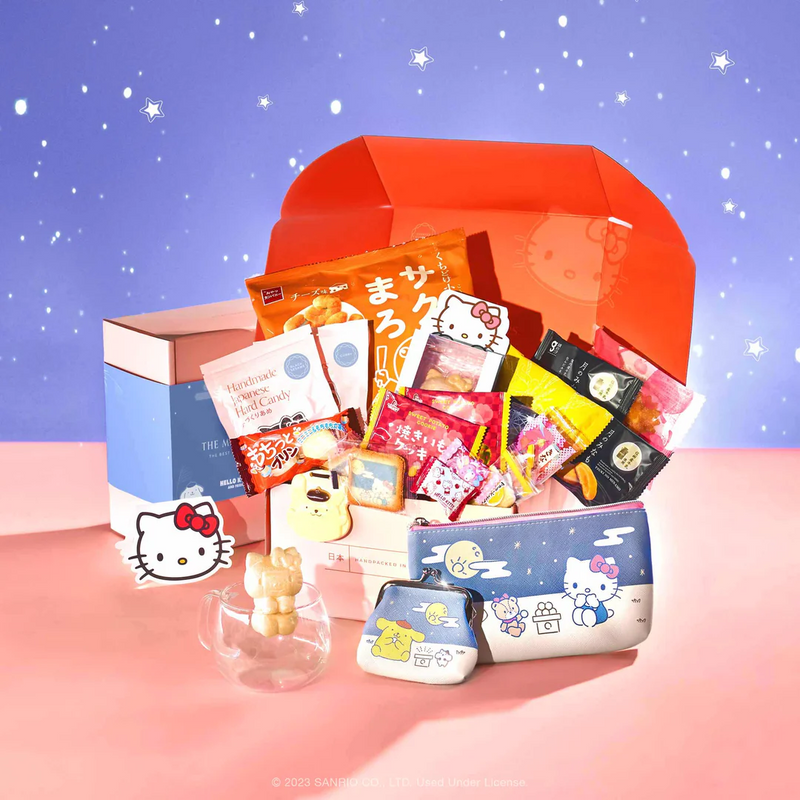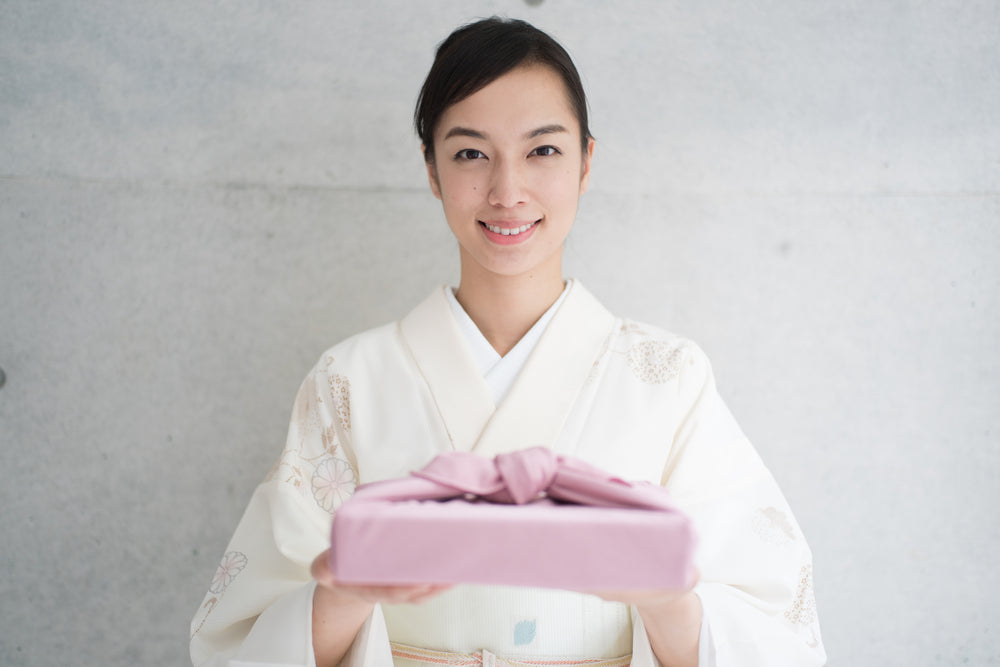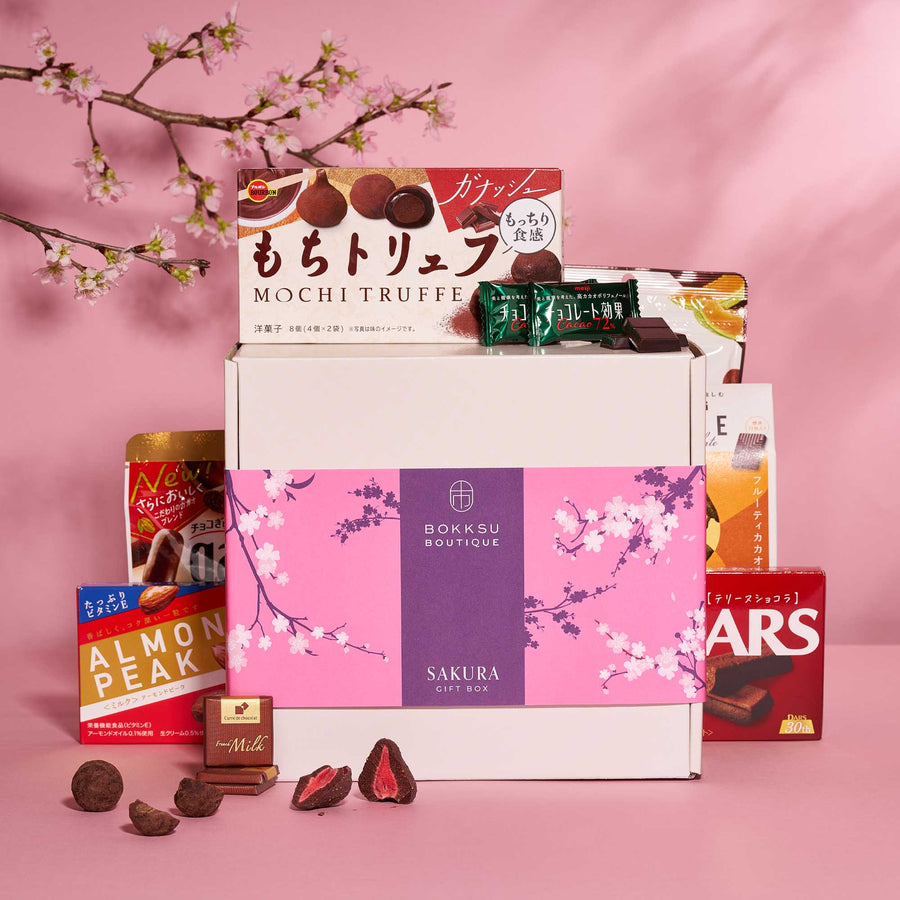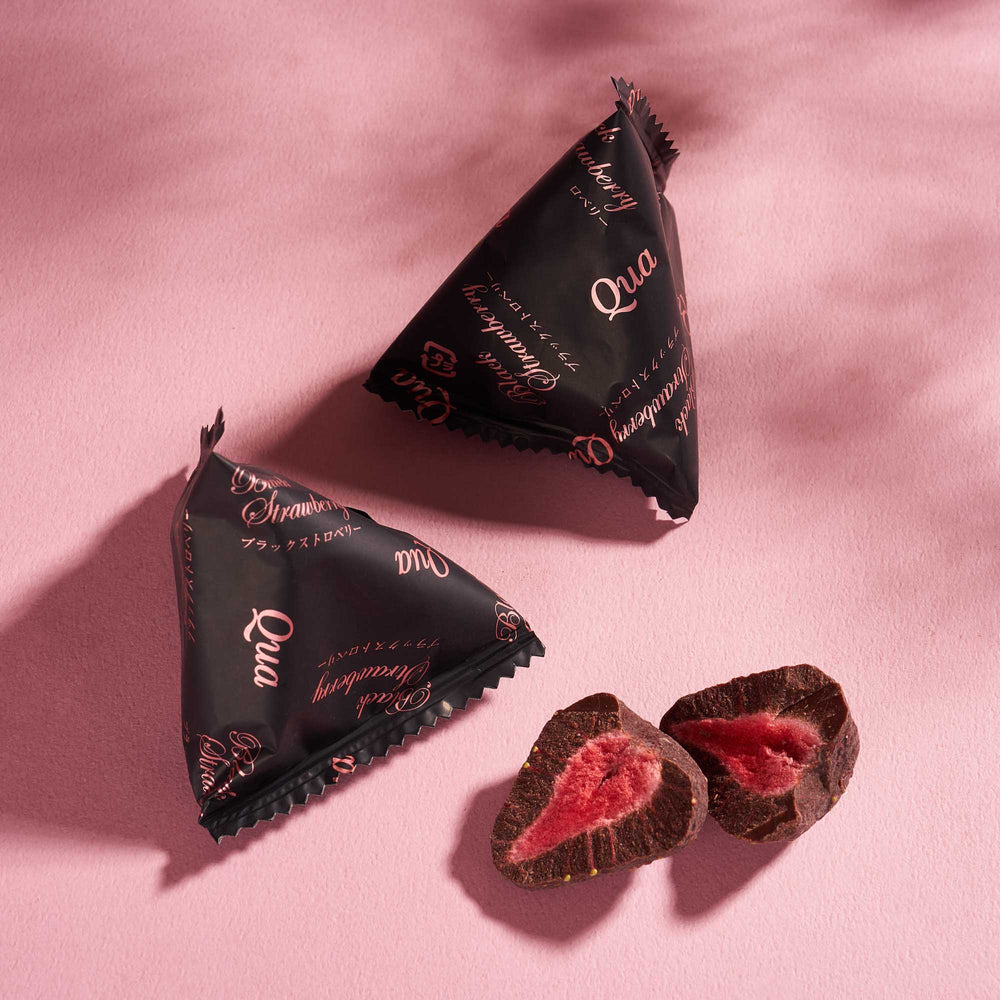Essential Guide to Izakaya: Trendy Japanese Bars
Go Towards the Light
Peer into the nooks and crannies of most Japanese towns and you will undoubtedly find the warm, comforting light of akachochin (赤提灯, red lanterns). As you admire the red-tinged light illuminating from the paper cover, you suddenly smell the most heavenly aromatics of food tinged with the smoke of hot coals and are drawn in. As your eyes and nose analyze it all, the sounds attract your ears: the food sizzling, the dishes clattering, a chorus of cheers, and raucous laughter. The sounds become a symphony as you march on towards the beautiful glow of the akachochin. Is this it? Is this the end? Is this the gateway to heaven? No (but also, yes).
This is: Izakaya (居酒屋).

Have a Seat
The word izakaya consists of: i (居, to stay) and sakaya (酒屋, sake shop). Izakaya as a place is the Japanese equivalent of a gastropub or tapas bar. Dating back to before the Meiji period, izakaya originally small sake shops along the main routes of Japan. As the popularity of sake increased over time, shops started serving snacks and even using sake barrels as seats. Fast forward to today, and they have evolved into a foodie fantasy, with expansive menus and plenty of seats. While some izakaya stick to certain formalities (such as taking shoes off or sitting on a tatami floor mat), the average shop is a casual construct where patrons kick back, relax, and drink merrily.

Upon seating, patrons are given an oshibori (お絞り, hot towel) to clean their hands and presented with an otoshi (お通し, small snack or appetizer). A cool, refreshing beer is usually the first thing customers order before looking through the menus plastered on the walls and tables. Izakaya stick to their roots and typically carry a variety of sake, beer, and spirits like whiskey or shochu (焼酎, alcohol distilled from rice). Many of the other food items are of much more larger portions and meant to be shared with the company of others.
Let's Get it Started
Ordering food at an izakaya can often be overwhelming or even intimidating for tourists because of the wide array of menu items. First-timers, you may feel pressured or rushed to order things all at once but have no fear. Contrary to formal Western restaurants where things are ordered at the beginning, izakaya will serve the food when it is ready as you slowly order throughout the night. To make things even easier, I've compiled a delicious list of classic izakaya staples in the recommended eating order: starting from the quickly prepared and lighter bites to the more robust and flavorful dishes.
1. First Thing's First
The best way to start your night at an izakaya is with a selection of appetizers and a beer. While some appetizers like edamame and tempura are widely recognized and are popular with tourists, the following three unforgettable foods are sure to get the party started.

Takowasa (たこわさ): While you sip on a cold, refreshing beer and mull over the menu, chew it out with takowasa. Takowasa is chopped octopus with a wasabi-based sauce; it’s a zesty, spicy kick of an appetizer. If you’re a takoyaki (たこ焼き, fried octopus ball) lover, takowasa will be a homewrecker.

Hiyayakko (冷奴): Tofu isn’t seen as the most exciting food to non-Japanese. However, this chilled appetizer will certainly electrify. Hiyayakko is usually topped with katsuobushi (鰹節, bonito flakes), chopped green onions, grated ginger, and a splash of soy sauce. The sharp, savory flavor with a touch of spicy ginger combined with the silky tofu makes for a great opening.

Tsukemono (漬物): Literally translated to “pickled things”, tsukemono are Japanese preserved vegetables that are usually pickled in salt or brine. Tsukemono cleanses the palate and is a refreshing complement to the other flavorful dishes. Wonderfully sour with a clean finish, these are a must-order.
2. Don't Be a Chicken, Just Eat One
Now that you’ve had some drinks and prepared your palate, it’s time to dig into something a little more meaty… chicken. We all find ourselves craving it in some shape or form, and izakaya can serve it any way you like it. The most popular: fried and grilled. As you’re getting some refills, put in an order for these two chick-a-dees.

Karaage (唐揚げ): Fried to perfection with a crisp texture on the outside, karaage houses a super juicy and tender treasure inside. This is a classic Japanese dish made with a marinade of sake, soy sauce, ginger, and garlic. You haven’t had fried-chicken until you’ve had karaage.

Yakitori (焼き鳥): Another match marinated in heaven, yakitori is a chicken and scallion skewer grilled to perfection. Sweet and mouthwatering meat pulls away beautifully from the skewer and straight to your taste buds.
3. Finish Strong
You’ve made it to the final stretch. Pants are expanding, but the buttons haven’t popped yet. It’s time to really push it, push it real good (I had to). Time for some rice and noodles. These dishes, known as shushoku (主食, staple food), are usually eaten at the end to round off a drinking session. Not only is it delicious, it’s practical! You’ll thank us in the morning.

Yakisoba (焼きそば): Yakisoba is a Japanese stir-fried noodle dish usually made with pork and vegetables, and it is seasoned with another sweet & tangy sauce similar to Worcestershire sauce.

Ochazuke (お茶漬け): Consisting of salted salmon, rice cracker, nori, and mitsuba, ochazuke is a warm and comforting dish that reminds many Japanese of home. Made with green tea and/or delectable dashi (fish broth), this bowl of soul will hit the right spot (just when you thought there weren’t any spots left).

Keep in mind, izakaya aren’t just about eating, they’re also about fun and relaxation after a hard day’s work. As beer glasses are emptied and refilled throughout the night, stress and inhibitions melt away; moods go from post-work grumpiness to post-plate giddiness. There’s nothing quite so relaxing like great food, great drinks, and great company. I think we can all cheers to that, Kanpai!
Author Bio








 Bokksu Snack Box
Bokksu Snack Box

























